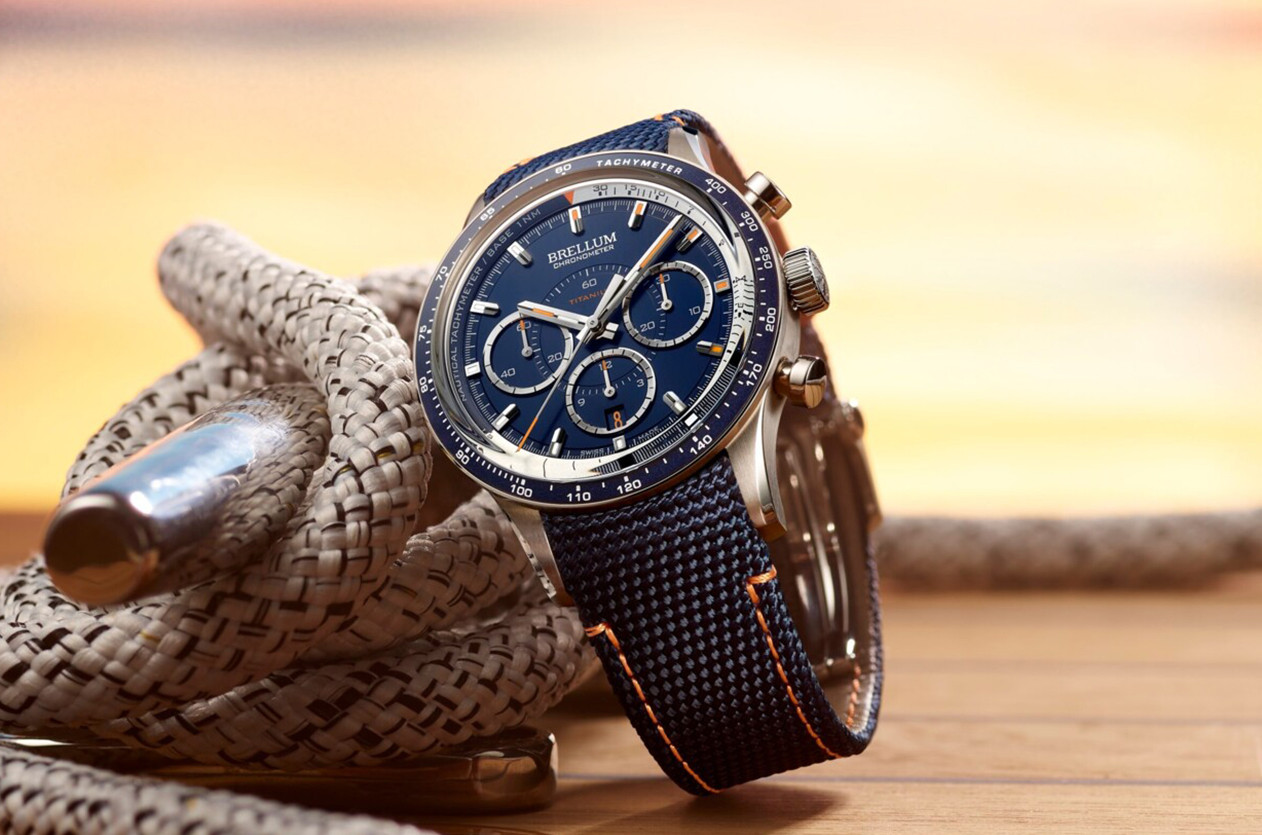
Introducing The Brellum Pandial Marina Tricompax Chronometer
Welcome to the hub of the horoloy
A revival that returned Vulcain to its glory days
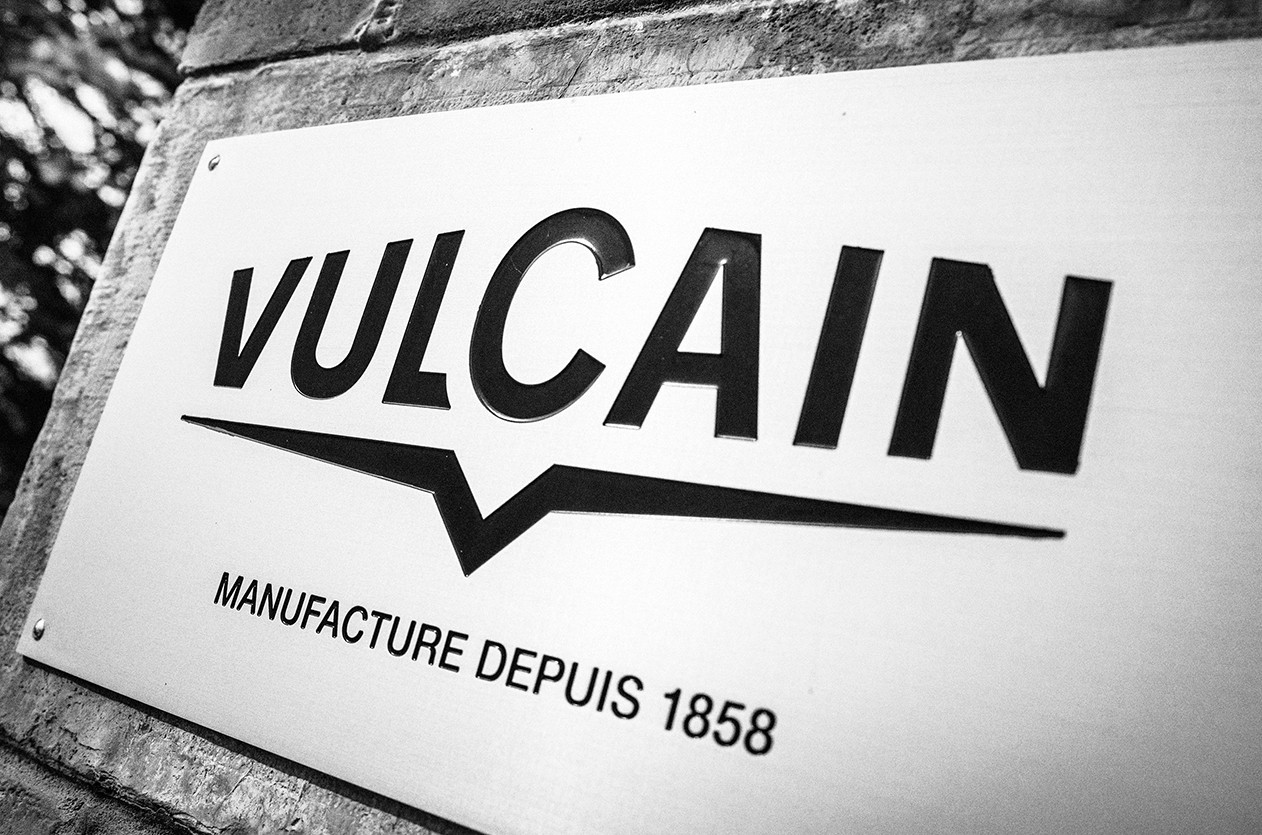
Many watch brands, once at the forefront of Swiss horology, have faded into obscurity since the Quartz Crisis. Some were swallowed up by larger conglomerates, their legacies transferred under corporate umbrellas. Others never recovered, their histories and craftsmanship forgotten in the rush toward cheaper, battery-powered alternatives. Yet, there are a few that, despite the odds, managed to resurface, though often without receiving the recognition they truly deserve. These brands, though not known much, still command a loyal following among watch enthusiasts who appreciate their rich heritage and innovative contributions to watchmaking.
 As you can tell from the title, we will talk about Vulcain, one of Switzerland's oldest names in horology. With a history spanning over 160 years, Vulcain's journey has been shaped by triumphs, setbacks, and a remarkable reinvention. While it may not be on the tip of every watch lover's tongue, Vulcain's legacy is one of innovation, particularly with its iconic mechanical alarm watches, which earned it the moniker “The Watch for Presidents”.
As you can tell from the title, we will talk about Vulcain, one of Switzerland's oldest names in horology. With a history spanning over 160 years, Vulcain's journey has been shaped by triumphs, setbacks, and a remarkable reinvention. While it may not be on the tip of every watch lover's tongue, Vulcain's legacy is one of innovation, particularly with its iconic mechanical alarm watches, which earned it the moniker “The Watch for Presidents”.
 Vulcain traces its origins back to 1858 in La Chaux-de-Fonds, Switzerland. Founded by the famous Ditisheim family, the brand initially earned acclaim for its exquisite pocket watches. By the late 19th century, Vulcain’s craftsmanship was already garnering global recognition, including accolades at the 1889 Paris World Fair and the 1893 Chicago World Fair for their sophisticated complication watches. In 1891, after the passing of Maurice Ditisheim, the company came under the leadership of his son, Ernest-Albert Ditisheim, who renamed the brand Vulcain. However, the brand's most significant milestone came decades later with a groundbreaking invention, the mechanical alarm wristwatch.
Vulcain traces its origins back to 1858 in La Chaux-de-Fonds, Switzerland. Founded by the famous Ditisheim family, the brand initially earned acclaim for its exquisite pocket watches. By the late 19th century, Vulcain’s craftsmanship was already garnering global recognition, including accolades at the 1889 Paris World Fair and the 1893 Chicago World Fair for their sophisticated complication watches. In 1891, after the passing of Maurice Ditisheim, the company came under the leadership of his son, Ernest-Albert Ditisheim, who renamed the brand Vulcain. However, the brand's most significant milestone came decades later with a groundbreaking invention, the mechanical alarm wristwatch.
Robert Ditisheim, another member of the family, envisioned creating an effective alarm wristwatch, overcoming the limitations of earlier attempts by other manufacturers. Previous designs failed due to weak alarms and issues with timekeeping accuracy. By 1942, Robert had developed a prototype equipped with the Caliber 120, a manually wound movement featuring two separate barrels, one for the timekeeping and another dedicated to the alarm function. This innovation ensured the alarm’s operation did not disrupt the watch’s accuracy.
 |  |
Achieving a sufficiently loud alarm remained a challenge until the French physicist Paul Langevin suggested mimicking the resonating sound of a cricket. After years of refinement, Vulcain introduced a patented design in 1947. The resulting sound was both loud and distinctive, amplified by a double perforated case back, clearly resembling a cricket's call. And so, the Cricket was born.
 The Cricket’s success was swift, its reputation soared further in 1953 when the U.S. President Harry S. Truman received a 14K gold Cricket as a gift. Vulcain’s watches soon became associated with American presidents, earning the moniker “The Watch for Presidents”, as many other presidents owned at least one.
The Cricket’s success was swift, its reputation soared further in 1953 when the U.S. President Harry S. Truman received a 14K gold Cricket as a gift. Vulcain’s watches soon became associated with American presidents, earning the moniker “The Watch for Presidents”, as many other presidents owned at least one.
 Vulcain expanded its offerings with notable models like the Cricket Nautical in 1961, an iconic diver’s watch capable of emitting alarms underwater. However, the brand faced significant challenges during the quartz crisis. Vulcain’s decision to remain loyal to mechanical movements, coupled with changes to the original Caliber 120, led to financial issues and to decline sales. By the end of the decade, the company ceased operations.
Vulcain expanded its offerings with notable models like the Cricket Nautical in 1961, an iconic diver’s watch capable of emitting alarms underwater. However, the brand faced significant challenges during the quartz crisis. Vulcain’s decision to remain loyal to mechanical movements, coupled with changes to the original Caliber 120, led to financial issues and to decline sales. By the end of the decade, the company ceased operations.
 |  |
The brand was revived in the early 2000s, bringing back various historical models that had defined its legacy. Today, Vulcain continues to celebrate its rich heritage with collections like the '50s-inspired Monopusher Heritage, the sporty Chronograph 1970s, and of course, the iconic Cricket Nautical. The brand produces some of the most exceptional timepieces in the industry, blending modern technology with traditional watchmaking techniques to create watches that are both innovative and timeless.
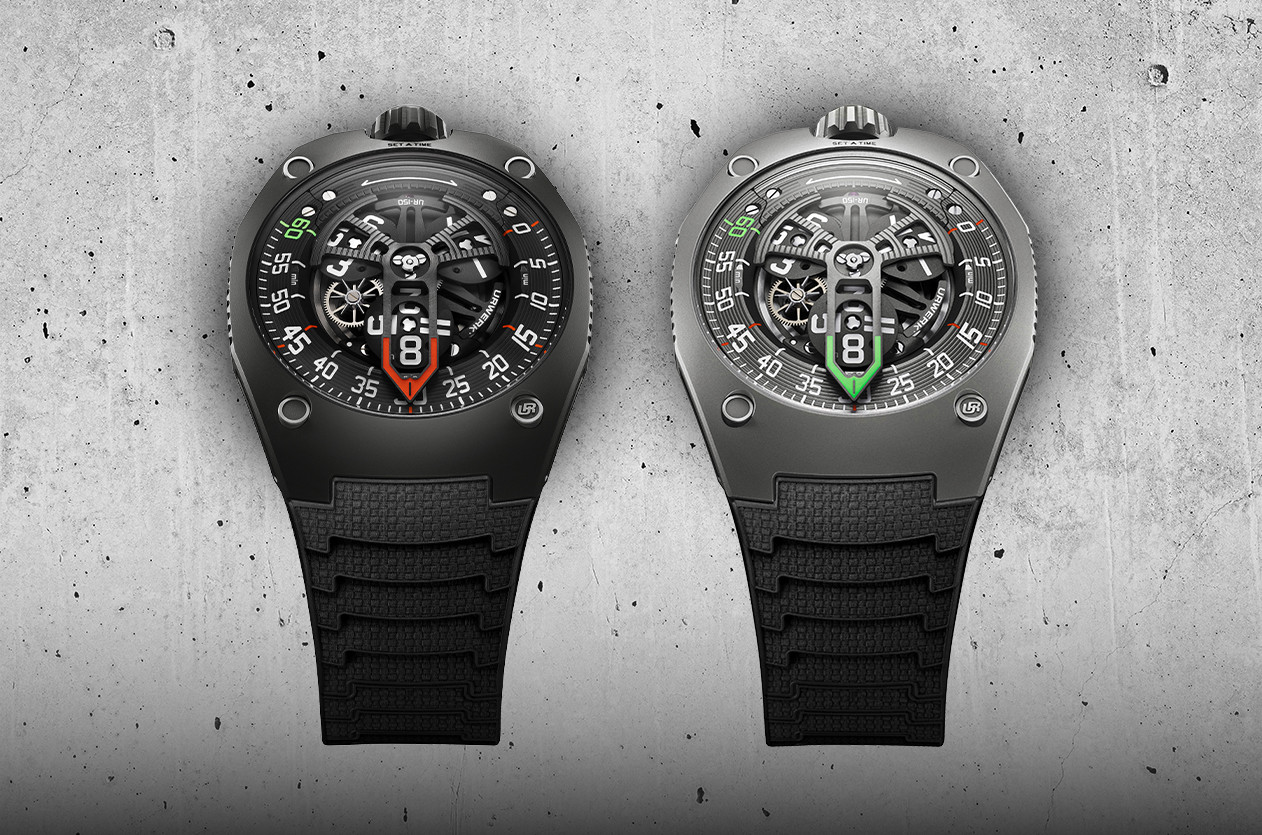
Introducing URWERK Unveils Its Latest Creation: The UR-150 Scorpion
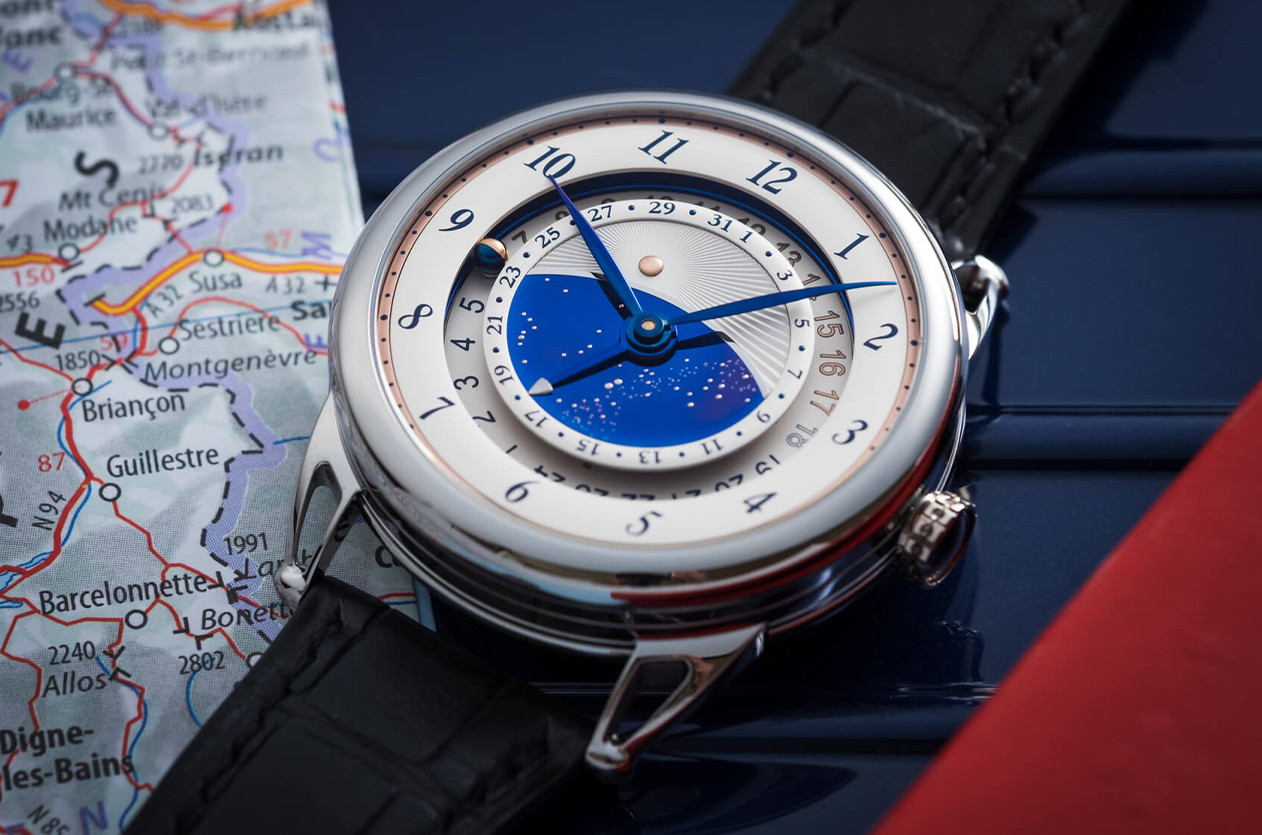
Editorial De Bethune, Pioneering Innovation Through Time

Introducing Daniel Roth Unveils New Tourbillon Souscription
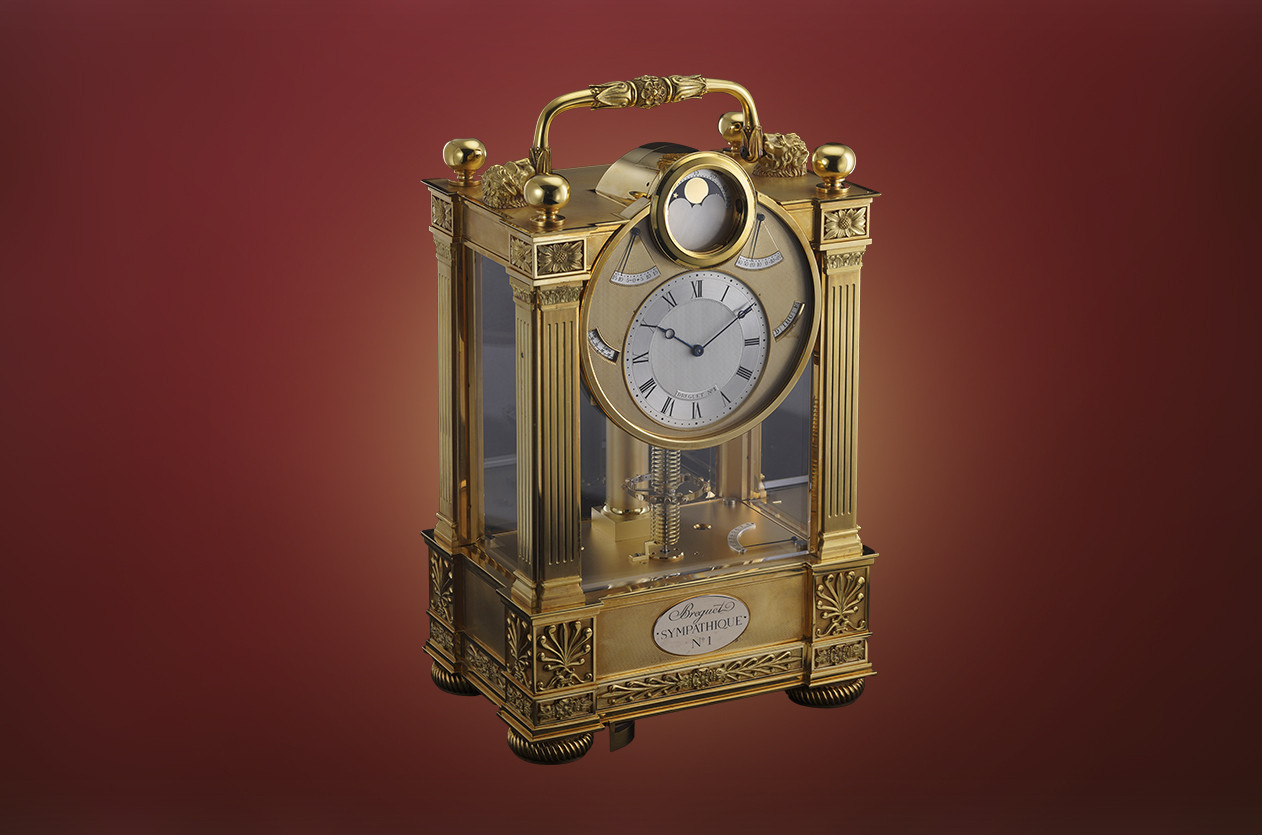
Auction F.P. Journe Wins the Battle for a Breguet Legend
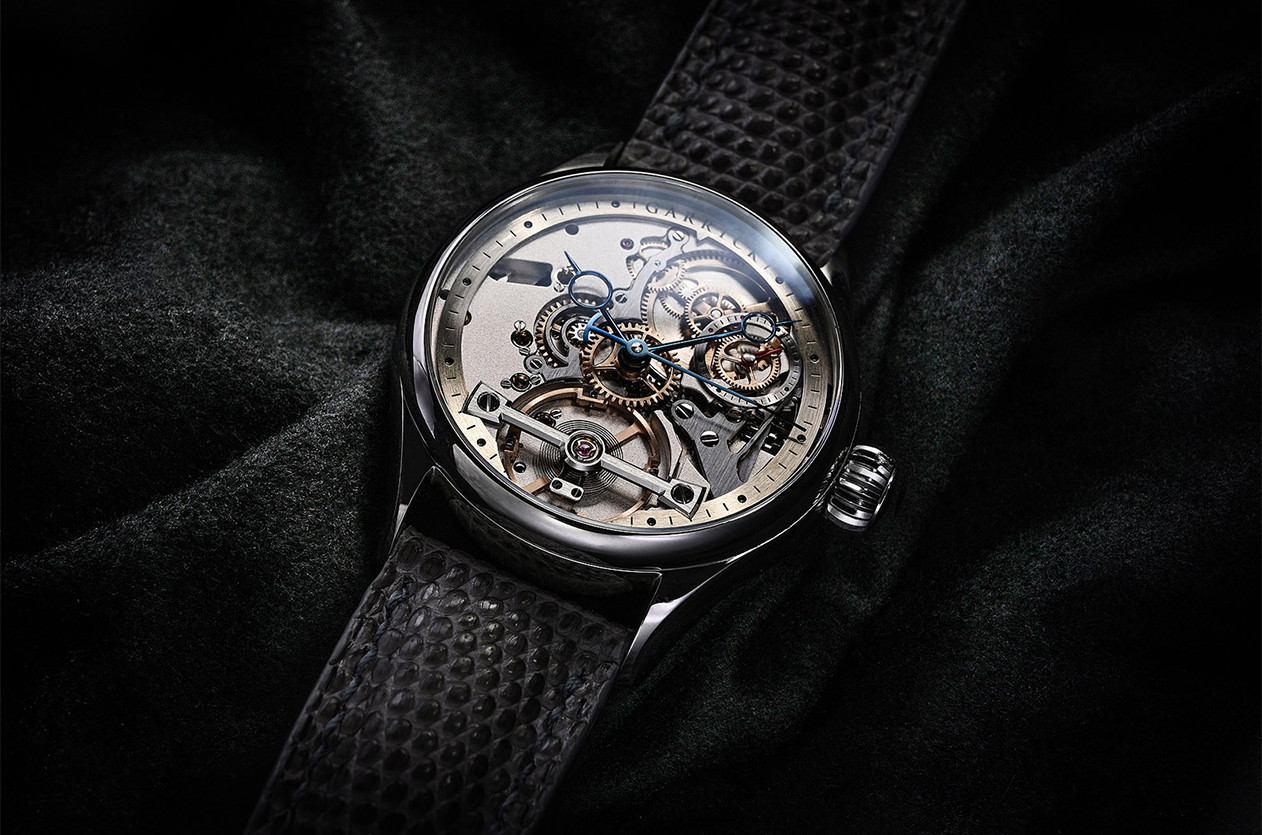
Introducing The S3 Deadbeat Seconds Power Reserve from Garrick

Editorial U.S. Tariffs and the Dollar Rate, A New Challenge for the Swiss Watch Industry

News Dubai Watch Week 2025 Will Be the Largest Ever with 90 Brands Participating

Auction Phillips Achieves CHF 43.4 Million at the Geneva Watch Auction XXI
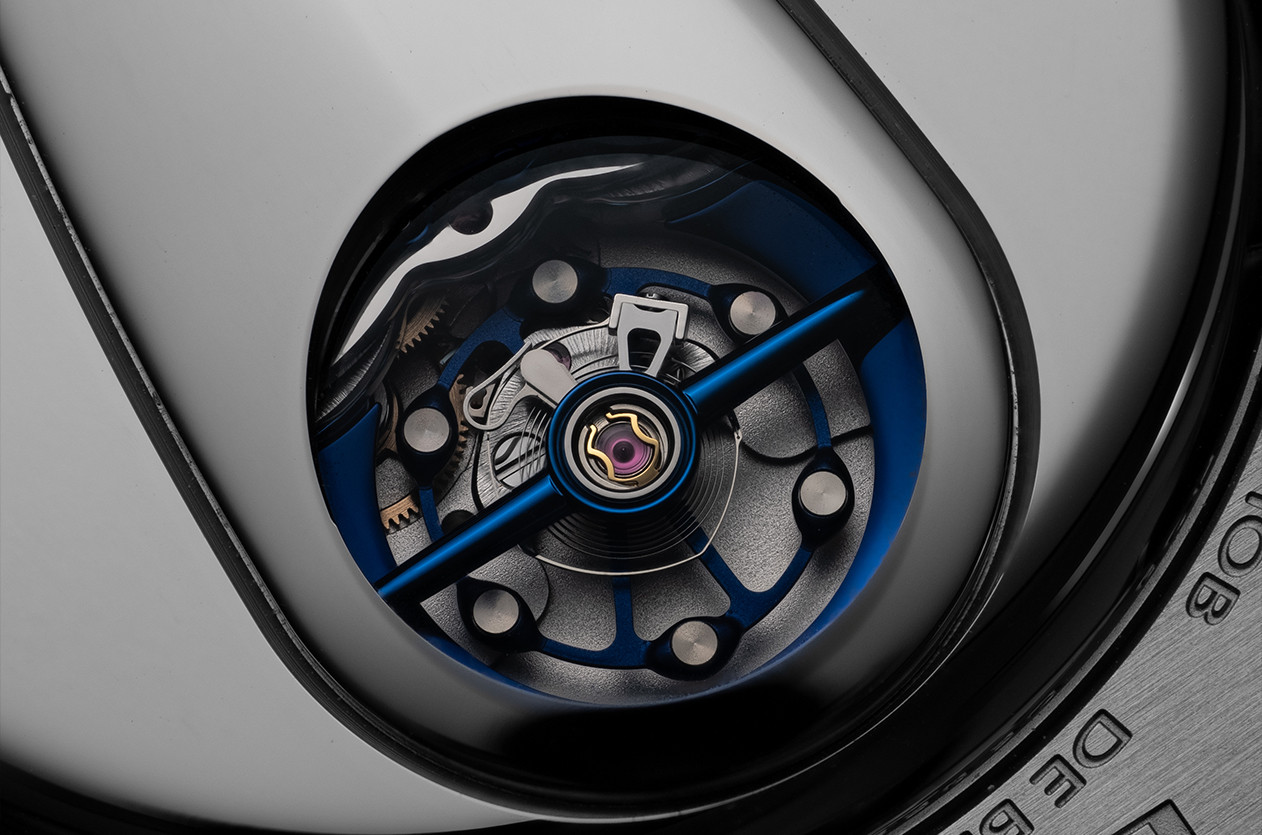
Technical The Frequency, Why It Matters in Mechanical Watches
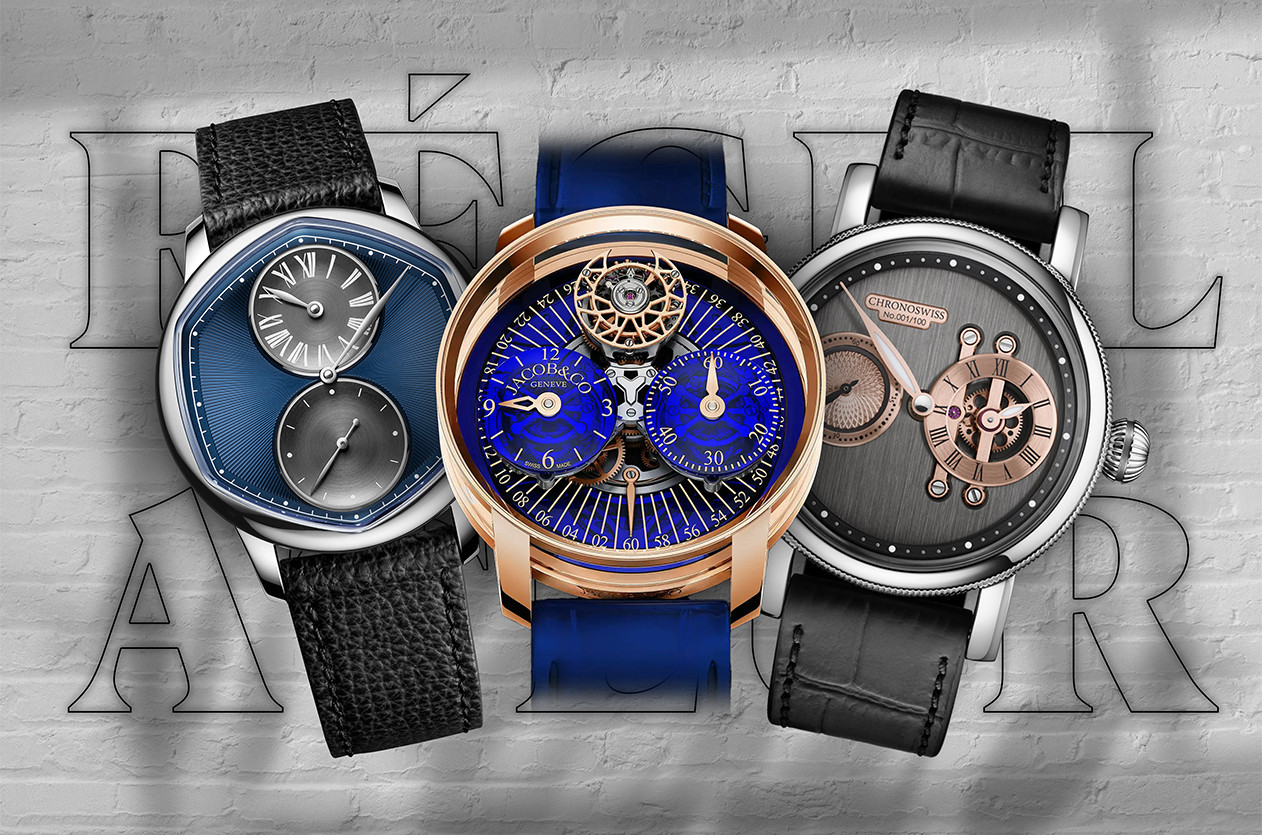
Editorial Exploring the Distinctive Charm of Regulator Watches

Summary Manuel Emch, Waqt’s Personality of the Year 2024
Comment Delete Text
This page is available in English only. Please click below to visit Arabic Home page!